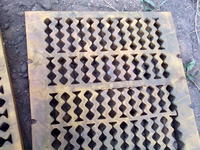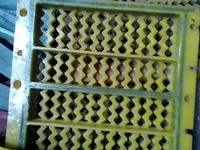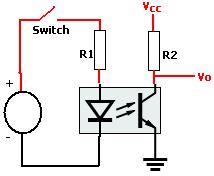Amit Dalmia
Newbie level 6
Hi,
I am a third year undergrad Mechanical Engineer asked to design a circuit where I can detect absence or presence of current and transmit that information wirelessly to some system where one can find see if that circuit has current or not. Sorry if I have posted in wrong thread.
You can consider the problem like this:
There is a simple circuit with only one miniature battery. So, some current is flowing in it. Now, I need to use a device(size order is of mms because it the whole circuit is embedded in plastic material) which is also within the circuit but it is detecting current while it is flowing.
Proceeding further, lets say that the wire gets cut off and hence, current dies. Now, the detector should detect that and transmit that information to some reader or receiver which is placed at a distance of say, 10 metres.
I know that there are a lot of devices which are in use for that but I don't have much knowledge to find which one would be fit to use. Hope that the problem I described was under stable. Please send me a message or drop me a mail at amityy1185@gmail.com if you want further clarifications.
Waiting for an early reply,
Amit Dalmia
I am a third year undergrad Mechanical Engineer asked to design a circuit where I can detect absence or presence of current and transmit that information wirelessly to some system where one can find see if that circuit has current or not. Sorry if I have posted in wrong thread.
You can consider the problem like this:
There is a simple circuit with only one miniature battery. So, some current is flowing in it. Now, I need to use a device(size order is of mms because it the whole circuit is embedded in plastic material) which is also within the circuit but it is detecting current while it is flowing.
Proceeding further, lets say that the wire gets cut off and hence, current dies. Now, the detector should detect that and transmit that information to some reader or receiver which is placed at a distance of say, 10 metres.
I know that there are a lot of devices which are in use for that but I don't have much knowledge to find which one would be fit to use. Hope that the problem I described was under stable. Please send me a message or drop me a mail at amityy1185@gmail.com if you want further clarifications.
Waiting for an early reply,
Amit Dalmia



